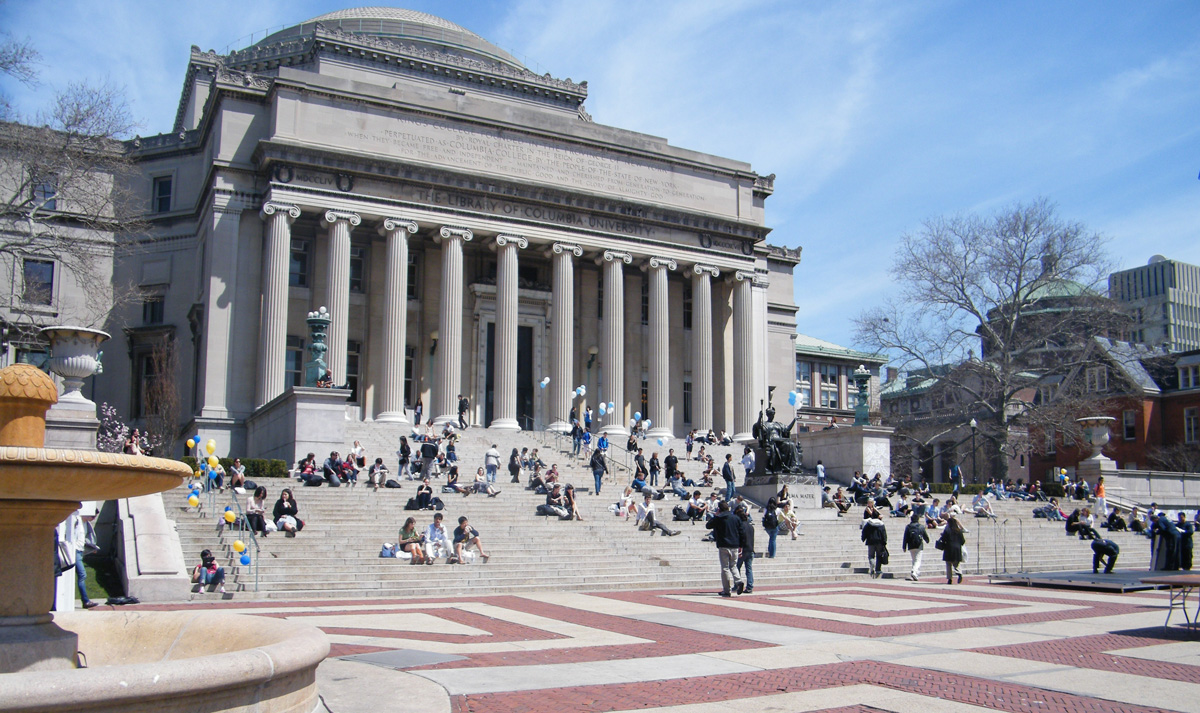Kyle Pope’s journalism career hasn’t been a straightforward exercise in ladder-climbing.
He’s been an editor at a daily newspaper (The Wall Street Journal), a weekly (the New York Observer), a glossy magazine (the short-lived Condé Nast Portfolio), and, most recently, a chain of eight hyperlocal weeklies in Manhattan.
So he’s jumped around a lot. It’s a career that Pope, 52, says has prepared him for his latest gig, editor and publisher of Columbia Journalism Review.
“I’ve had a long career, and the hyperlocal stuff is the last three years of it,” Pope said Friday. “I will miss it. But this is an entirely different thing. In a way, I view this as the coming-together of everything that I’ve done.”
In September, Pope will take over at CJR for Liz Spayd, who was recently appointed public editor of The New York Times. For Pope, a Texas native who’s spent much of his career in New York, the new job will draw on his experience at various segments of the Manhattan media world — but it’s a far cry from managing local weeklies.
“What CJR does and needs to do is on a global scale,” he said. “It’s very big, sweeping issues, whereas hyperlocal is very different — they’re intentionally small-scale. But I’m really glad I got that local news experience, because I think it’s an important area for CJR to continue to look at in addition to the bigger picture, more global, more fundamental business model discussions.”
Pope says he will emphasize international coverage as editor. As globalization tears down barriers between news organizations once divided along national borders, CJR should be a middle-man for ideas among English-speaking journalists around the world, he said.
“Increasingly, I don’t think there’s a distinction,” he said. “I think American readers of The Guardian and British readers of The New York Times don’t view these as necessarily international publications. Social media is borderless, and the issues facing journalism are borderless. Who’s going to pay? What’s the business model going to look like? What’s the mission? It’s increasingly the same all over the world.”
The business model question is one that Pope will be getting personally familiar with in his dual role as editor and publisher. Last fall, the half-century-old review of journalism announced it was cutting its print frequency to two issues per year, down from six, to better serve its digital audience and stanch losses. CJR also announced a new membership program aimed at getting the review’s die-hard readers to help sustain the magazine.
In keeping with the magazine’s stated goal of focusing on reader revenue, Pope says increasing CJR’s audience will be key to improving its business prospects.
“The way I intend to grow this is by growing the group that considers themselves CJR people,” Pope said. “And I think with that will come digital readers. We need sponsors, we need advertisers, and if we do events, we need people to come to them. All of that is a way to grow the business.”
Pope says he also intends to prioritize coverage of digital-only news organizations along with the traditional powerhouses that the magazine has always covered. Digital-first publishers, who once looked down their noses at print stalwarts for being too stodgy, and older organizations that once sneered at digital upstarts, both have important lessons to teach one another, he said.
The trick, he said, is making sure CJR remains an “honest broker” for both sides.
“I think there’s sometimes been a perception that it’s more oriented toward traditional, mainstream publishers as opposed to digital publishers,” Pope said. “And I think that’s a distinction that increasingly doesn’t make a lot of sense. What is The New York Times today? How do you categorize it? So in a way, it’s actually freeing. The world is now really big and everyone’s now in the same pool.”
Pope begins on Sept. 6, after Labor Day weekend concludes. An immediate coverage priority is the election, which Pope says CJR has already been covering admirably — he cited a recent piece that examined the question of journalistic neutrality in the light of Trump’s many misstatements and exaggerations. Beyond that, he says, the search for workable business models will continue to be a focus, as will the magazine’s legacy of hard-hitting journalistic criticism.
Beneath it all, he says, will be a fundamental sense of optimism about the future of journalism.
“I definitely believe that the period of existential crisis in journalism — ‘does anyone really want to read journalism anymore? Is there a future for it at all?’ — has passed,” he said. “I think the general consensus is, people definitely want to read this stuff, and there’s definitely an audience for it, and they’re definitely going to find good stories. It’s just a question of, ‘OK, how are we going to pay for it? And how are we going to structure businesses to make this work?’ But that’s a different question than ‘do people even care?’ And I think, for CJR, that’s a really good place to be in.”






